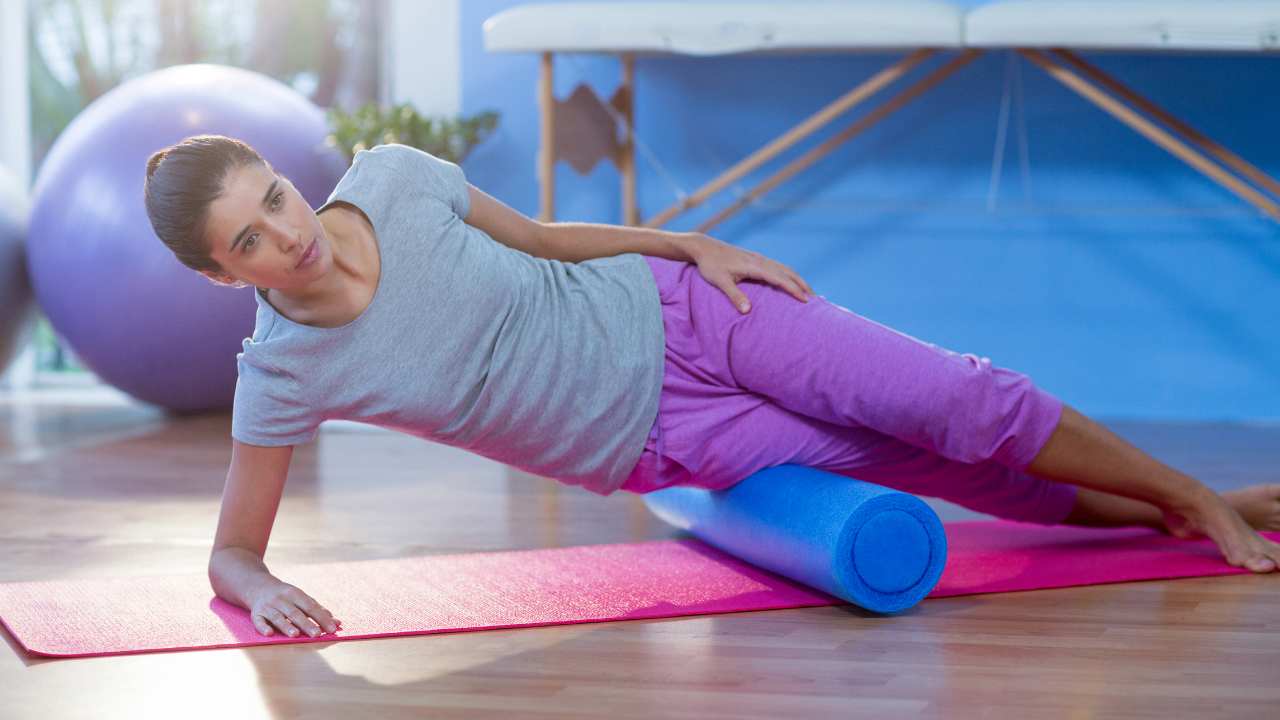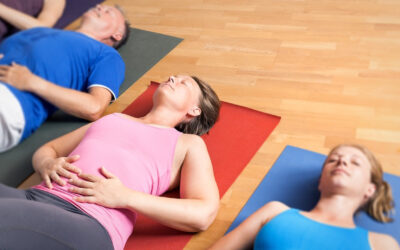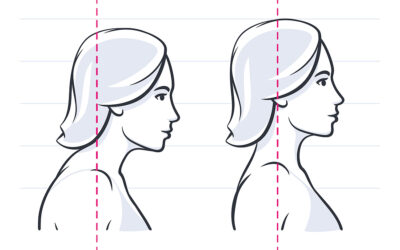 Although we all learned anatomy as separate muscles doing individual jobs recent research is showing this may not be the way our bodies work at all. Tom Myers, a leader in this field and author of the book Anatomy Trains contends that the body is an integrated whole connected through a fascia web from head to feet.
Although we all learned anatomy as separate muscles doing individual jobs recent research is showing this may not be the way our bodies work at all. Tom Myers, a leader in this field and author of the book Anatomy Trains contends that the body is an integrated whole connected through a fascia web from head to feet.
Myers defines fascia as “all collagenous soft connective tissues.” The myofascia is the biomechanical linkage of the skeletal muscle and fascia systems. Fascia is found around and within the muscles and provides the environment for smooth muscle action.
We learned the body as being composed of 600 individual muscles. Myers argues that the body contains one muscle with 600 fascial pockets. The brain does not see a biceps muscle but a pathway to contract the arm to produce movement. Myers explains that we can only study single muscles by removing the connecting fascia that links the network together.
The fascia distributes strain throughout the body and can become injured. Upon rebuilding, the fascia may become too strong and tough creating an adhesion or scar tissue which limits mobility, decreases proprioception and causes inflammation and pain. You might also know these spots as trigger points or knots. Adhesions are areas where the soft tissue is stuck and does not move efficiently.
Due to the interconnected nature of the facial network an adhesion in one area of the body may cause pain in another. In my case a tight hip creates back pain. In order to restore health to the system these knots must be released.
Foam rolling is a form of self-myofascial release. Direct pressure on tight tissues stimulates the golgi tendon organ sensory receptors within the muscles and tendons to reduce tension in the soft tissues.

There is not an exact science on how to foam roll. Basically, find a tight spot and roll it out. Slowly move the roller back and forth along the length of the tissues until the area becomes softer. To enhance the release add cross fiber movements where you roll perpendicular to the direction of the tissue fibers. In the photo above cross fiber rolling would be moving the leg side to side along the roller instead of from head to toe.
…and back particularly effective.

Foam rollers come in different densities. I recommend beginning soft and working up to the harder rollers. Some rollers provide a more intense experience with the surface designed to simulate the human palm, fingers and finger tips and thumbs. Start slow and build up to allow your body to adapt and prevent soreness.




